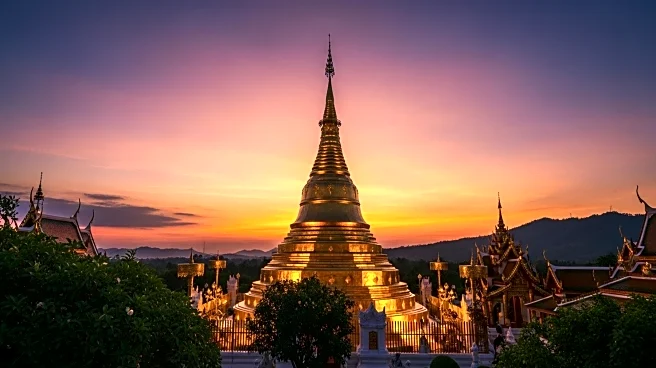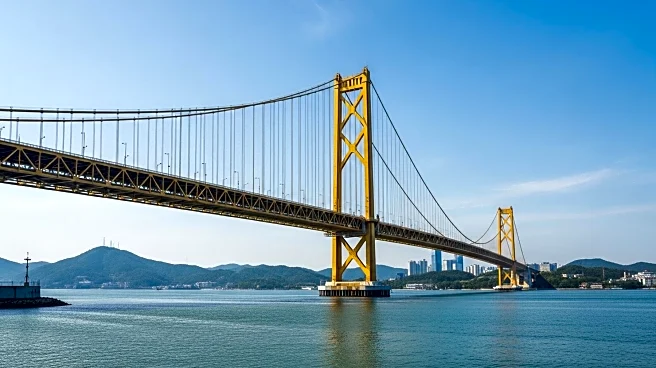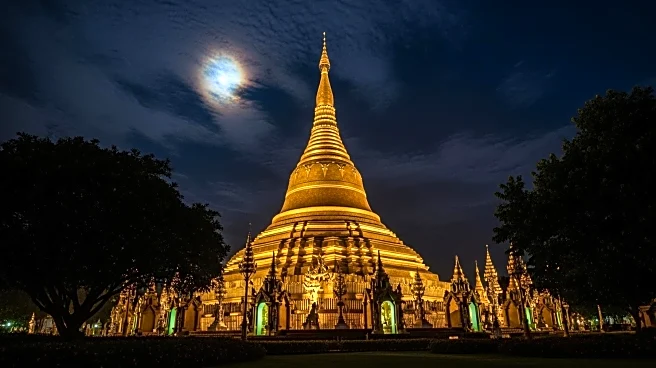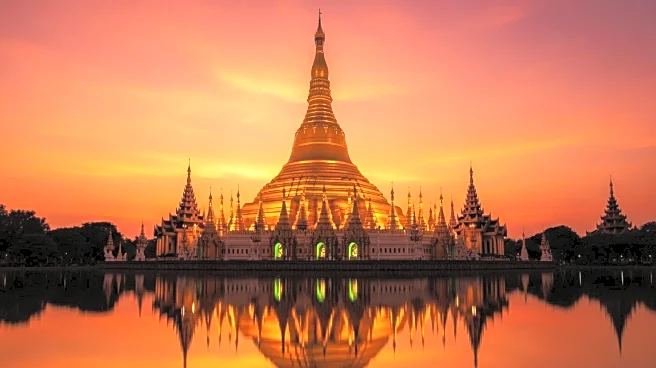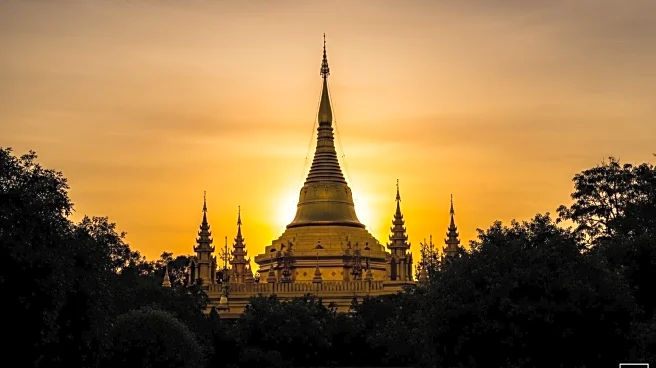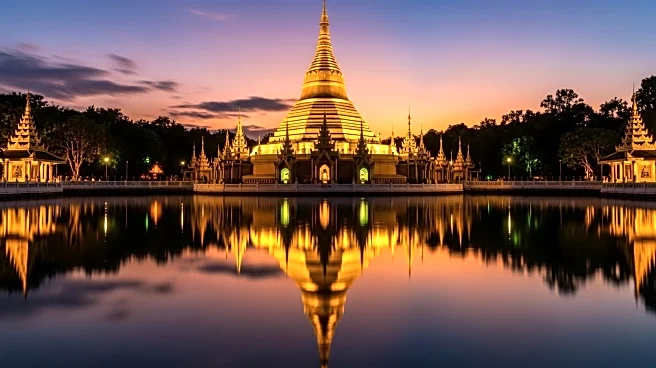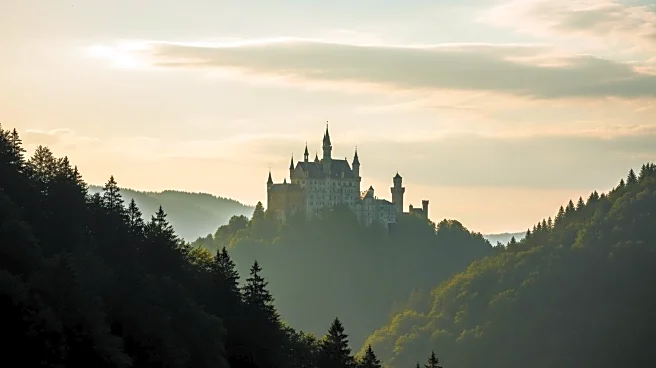The Shwedagon Pagoda, a sacred Buddhist stupa in Yangon, Myanmar, has a rich history marked by its creation and early reception. Believed to have been built by the Mon people between the 6th and 10th centuries AD, the pagoda stands as a testament to the enduring religious traditions of the region. Its towering presence on Singuttara Hill, reaching 112 meters, marks it as a focal point of spiritual devotion and cultural identity.
Founding or Discovery
The founding of the Shwedagon Pagoda is steeped in legend and historical significance. It is believed to have been constructed by the Mon people, who played a pivotal role in the early development of Buddhist architecture in Myanmar. The pagoda's foundation on Singuttara Hill is said to be a site chosen for its spiritual importance, housing relics of past Buddhas, including strands of hair from Gautama Buddha.
Key Contributors
Key contributors to the creation of the Shwedagon Pagoda include the Mon people, who were instrumental in its construction and development. Their expertise in Buddhist architecture and cultural preservation ensured that the pagoda became a spiritual and cultural landmark. The pagoda's architectural features, including the golden stupa, reflect the Mon people's influence and dedication to preserving Myanmar's spiritual heritage.
Design or Method
The design and method of the Shwedagon Pagoda's construction are characterized by its architectural grandeur and spiritual significance. The pagoda's golden stupa, a defining feature, has been maintained and enhanced over the centuries, ensuring its continued status as a spiritual and cultural landmark. The pagoda's design reflects the enduring cultural and religious traditions of Myanmar, attracting pilgrims and tourists from around the world.
Early Reception
The early reception of the Shwedagon Pagoda was marked by its recognition as a spiritual and cultural landmark. Its significance in housing sacred relics and its architectural features attracted devotees and visitors, fostering a sense of unity and shared heritage. The pagoda's status as the most sacred Buddhist site in Myanmar continues to draw pilgrims and tourists, offering a glimpse into the rich cultural and spiritual heritage of the region.
 Discover Daily • 8 min read
Discover Daily • 8 min read 